Mac Engel: The annoying sound you hear is a pickleball unintentionally destroying tennis
Published in Tennis
“Contentious” is the best way to describe the relationship between tennis and pickleball. That word fits because the four-letter descriptions aren’t appropriate in polite company.
A sport with a name rooted from a vegetable, and looks more like a recreational game played throughout South Florida and greater Phoenix area retirement communities, is now the young monster that tennis cannot kill.
It’s less expensive to play (for now), it occupies less space, the pace is quicker and it would seem the only people who don’t like pickleball are members of the traditional tennis community; they are furious that their tennis court lines are being removed all over the world in favor of pickleball dimensions.
Tennis is not dead, nor is it dying, but it has no choice but to share the same space with an outdoor racquet sport that is thriving both as a recreation, and as a profession.
Pickleball is not the updated version of racquetball, the sport which was a craze decades ago but never evolved beyond the recreational stage. Pickleball has the space to work as a TV and ticket-buying sport. From Nov. 4 to the 10th, the Lapiplasty Pickleball World Championships will take place in Dallas. (What is “Lapiplasty?” It’s a surgery to address a bunion, of course).
This tournament is a massive, international event featuring celebrity matches, concerts, instruction, an amateur portion where anyone can sign up, and the professional bracket consisting of the best players in the world.
Included in the celeb portion of the event are Dirk Nowitzki, Jason Kidd, former NFL running back Adrian Peterson and former tennis star John Isner.
Pickleball has a long way to go before it catches any major sport in terms of popularity, but it’s on secure footing to be a permanent part of the professional sports ecosystem. Pickleball has all of the necessary ingredients to make it a viable product.
The rules are easy. The game can be played well enough by almost anyone, of any age. It’s not that expensive. One could put down a pickleball court on a driveway.
Because the court is “open” it’s easy to build out a seating structure surrounding the playing surface, and concession areas. Camera placement to broadcast a match is not complex.
On its list of challenges is the perception that it’s not a sport.
“I thought it was a silly game for unathletic people,” Anna Bright said in an interview this week.
Bright is from Keller, Texas, and lived there until she was 12 when her family moved to Florida. She was/is an exceptional tennis player who played at the University of California.
She only tried pickleball because her father pushed her to play, and quickly realized she was good. After graduating from California, she had a tech job for about a few months months when she left to pursue playing pickleball professionally. She is currently ranked among the best players in the world.
Pickleball has actually been around since 1965, but it feels more like it started in about 2015. It has flourished in the last five years, and, according to various reports, is regarded as “the fastest growing sport in America.”
Tournaments are televised. The crowds are not Alabama-Auburn big, but people are paying to watch in person. There is revenue. You can bet on matches. Former professional tennis players, like Jack Sock and Genie Bouchard, have made the jump to pickleball.
The sport is slowly even grabbing the business crowd who prefer the speed of the pickleball over a four-hour round of golf.
All of this growth has not come without a fight, specifically with tennis. This is one of those first-world, country club fights, but when real money is involved the disagreements are not so funny.
Tennis courts all over the country are being replaced by pickleball courts; the argument is, the tennis court is empty, and “no one uses it.” You can fit multiple pickleball courts in the same space as one tennis court.
“In general the courts that have been converted to pickleball courts used to be empty tennis courts,” said Fort Worth native, Jeff Watson, who is the vice president of communications at the Professional Pickleball Association. “As long as the facilities do the research to see what their constituents want, there is a healthy balance.”
Sounds great. And ...
In 2022, police were called to help mediate a dispute at a tennis club in San Diego when the pickleball enthusiasts tried to stage “a coup” and over take the club.
A community near San Jose, Calif., considered banning the sport all together not because of tennis but rather the noise. The sound a pickleball racquet makes against the ball is distinctive “dink,” and some people find it annoying.
Watson said at a tournament last year in Seattle, the association had to assure disgruntled people that the courts would be resurfaced immediately after the conclusion of the pickleball event back to tennis courts. Meanwhile, there were other people who “held a mock funeral that the courts would no longer be for pickleball,” he said.
The sport has some other areas to address that may not have an easy, or any, solution. The sound of the game can sting the ears, which the players themselves admit. Because the parameters are tight, and the movement of the players is not dramatic and long but rather quick, it doesn’t make for a great television product.
But pickleball is not going anywhere, and tennis is just going to have to deal with it.
____
©2024 Fort Worth Star-Telegram. Visit star-telegram.com. Distributed by Tribune Content Agency, LLC.
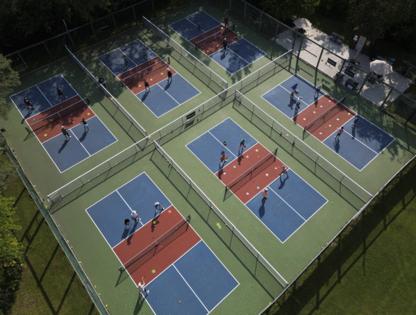
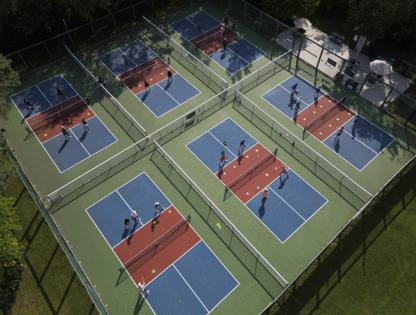



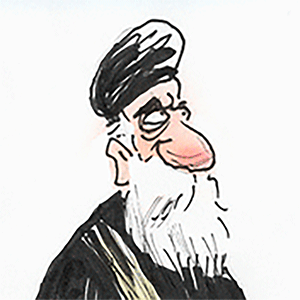

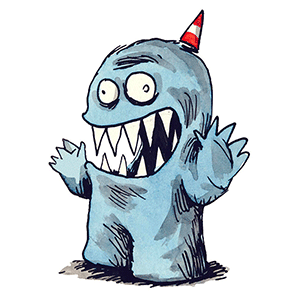
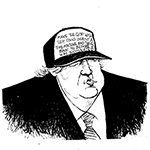

Comments